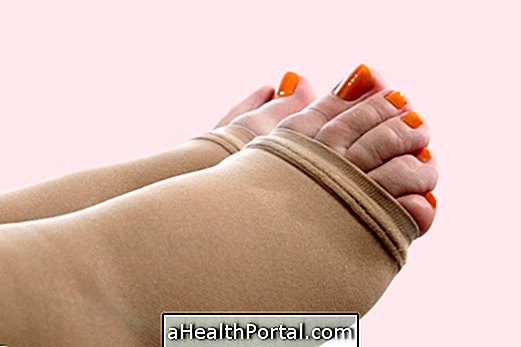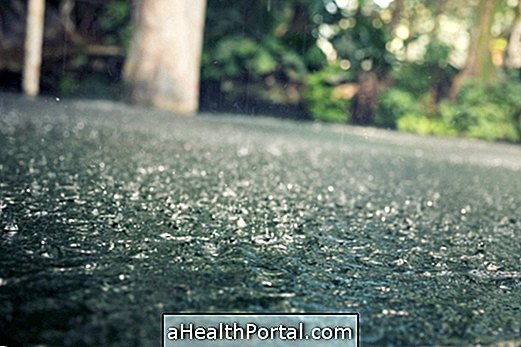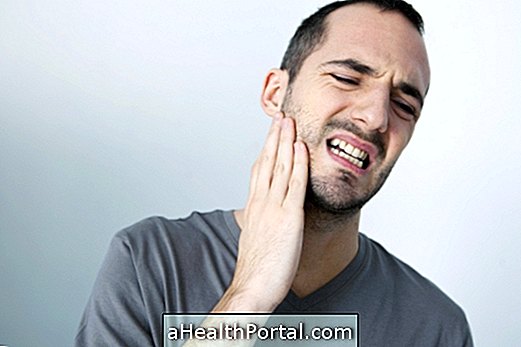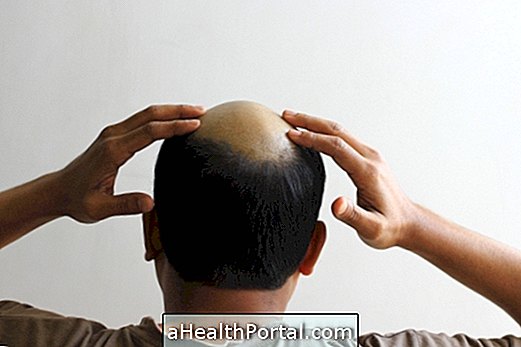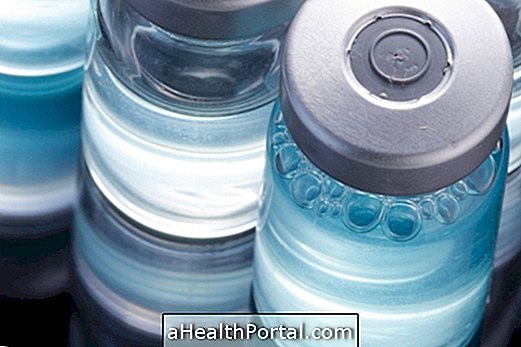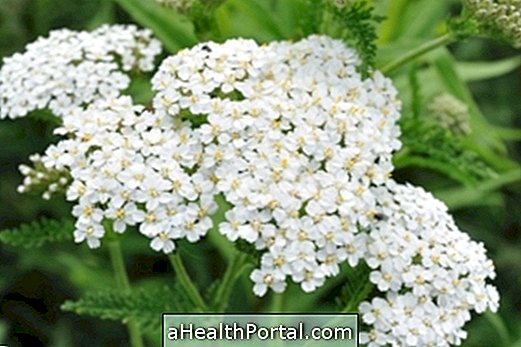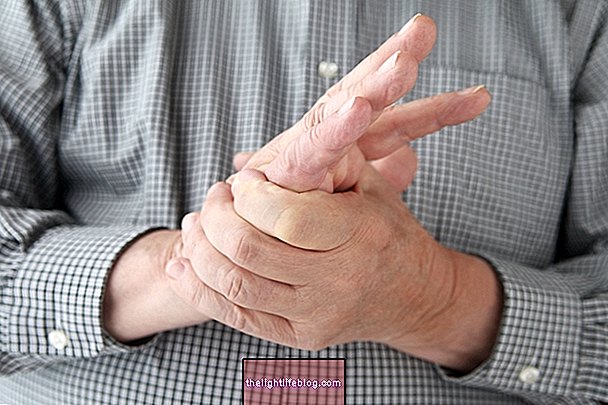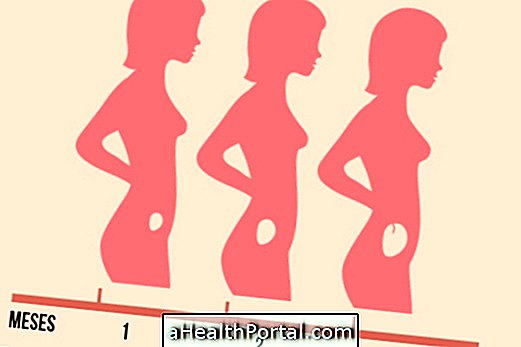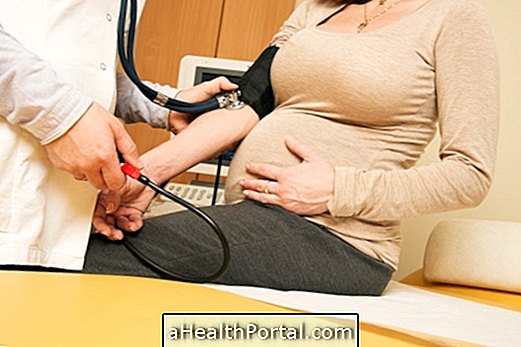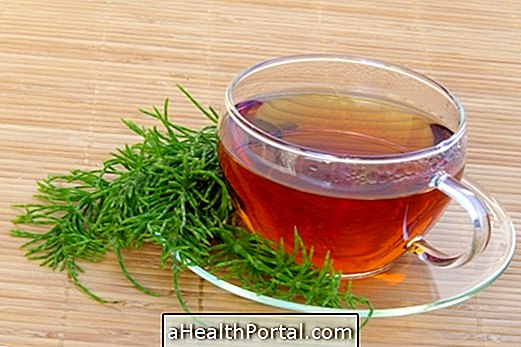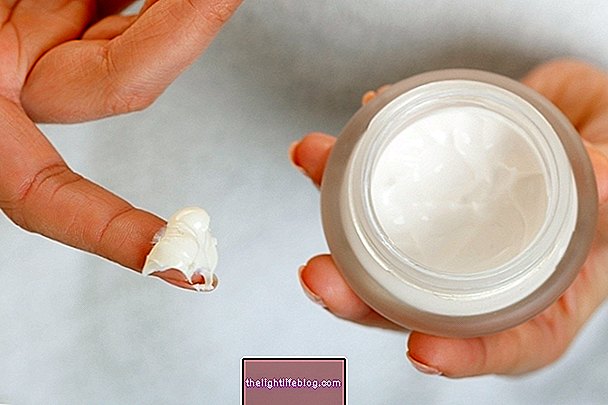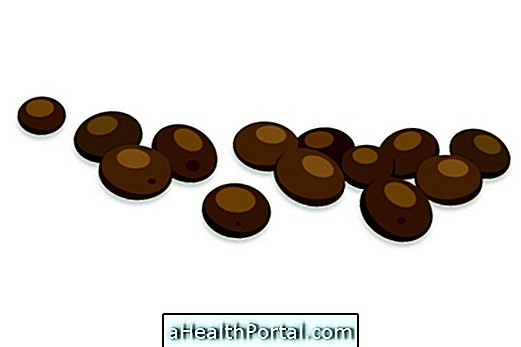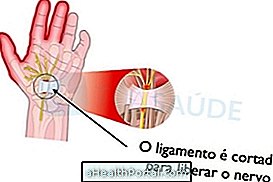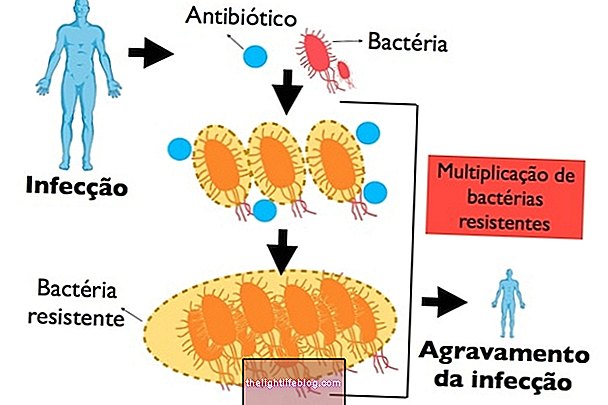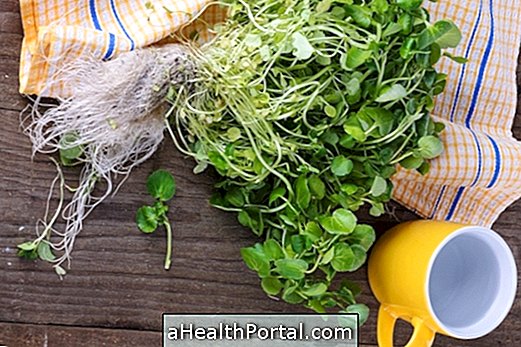To combat muscle fatigue, shortly after training, what you can do is take advantage of the properties of cold water and take a cold bath, stay inside a bathtub or pool with ice water or even enter the sea, at least 20 minutes. The cold temperature will decrease the diameter of the blood vessels and fight the swelling, favoring the venous return, thus improving muscle contraction and fighting fatigue.
But if you have been training for more than 24 hours, you can opt for the hot compress at the pain site, take a hot bath and do a massage to relax your muscles, for example. In addition, it is important to take certain precautions, such as warm up before workout and rest for at least 1 day between each workout for the body and the muscles to have time to recover.
See other examples that explain how best to use ice or hot water in this video:

What is Muscle Fatigue and Why It Happens
Muscle fatigue is characterized by muscle fatigue after intense physical exertion, especially without accompaniment of a teacher in the gym or when you do not rest enough after exercise. In addition, lack of carbohydrates before training can cause muscle fatigue because the muscle does not have enough energy during physical exertion, preventing the individual from training effectively.
Muscle fatigue after training is normal and means that the body is adapting to physical exercise. However, muscle fatigue can lead to muscle damage when physical exertion is so intense that it causes, for example, muscle breakdown.
7 Tips to Fight Muscle Fatigue
After a workout, it is normal to feel muscle fatigue because the muscle gets tired from the effort made during the exercises. To relieve muscle pain, which can occur 24 or 48 hours after training you can:
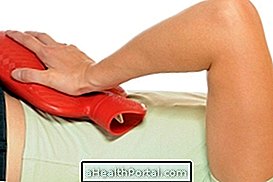
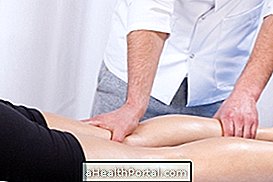
- Use a thermal bag to make a hot compress: it causes the blood vessels to dilate, increasing the blood flow in the area and relax the muscles, reducing the pain;
- Take a warm bath: the heat helps to relax the muscles, relieving muscular pain;
- Receive a massage with an ointment or spray, such as Gelol or Salonpas Gel: massage promotes relaxation of muscles and, consequently, relief of muscle pain. The ointments are analgesic and anti-inflammatory, reducing the pain and, because they have menthol, cause a sensation of freshness and relief;
- Rest 1 day between each workout: it helps the muscles and the body to recover from the workout;
- Always do warm-up exercises at the beginning of the workout: warm-up exercises prepare the muscles for training, reducing the risk of muscle injuries;
- Always do stretches at the end of the workout: Stretching helps decrease pain after training and accelerates muscle recovery. You can also opt for Auto Massage with Foam Roller. Here's how to use this roll to your benefit.
- Alternate the exercises in each workout: For example, if today's workout included only arm exercises, the next workout should include leg exercises. This allows muscle recovery, promotes muscle growth and prevents the risk of injury.
In addition to these care, it is important that the exercises are instructed by the teacher in the gym so that muscle hypertrophy occurs in a shorter period of time.
What to Eat to Fight Muscle Fatigue
Feeding is essential before and after training because before training gives the necessary energy to the muscles for physical exercise and after training helps in muscle recovery and muscle growth.
Before the training
Intake carbohydrates, such as a juice from any fruit or a vitamin with soy milk or rice, 20 to 30 minutes before the workout, to provide energy to the muscle.
After training
Ingesting proteins, such as yogurt, bread and cheese or a tuna salad, for example, up to a maximum of 30 minutes after training to help with muscle recovery and growth.
It is also important to drink water during training to replenish the amount of water lost during training and improve muscle contraction, avoiding cramps. Learn more about healthy eating for physical activity.
